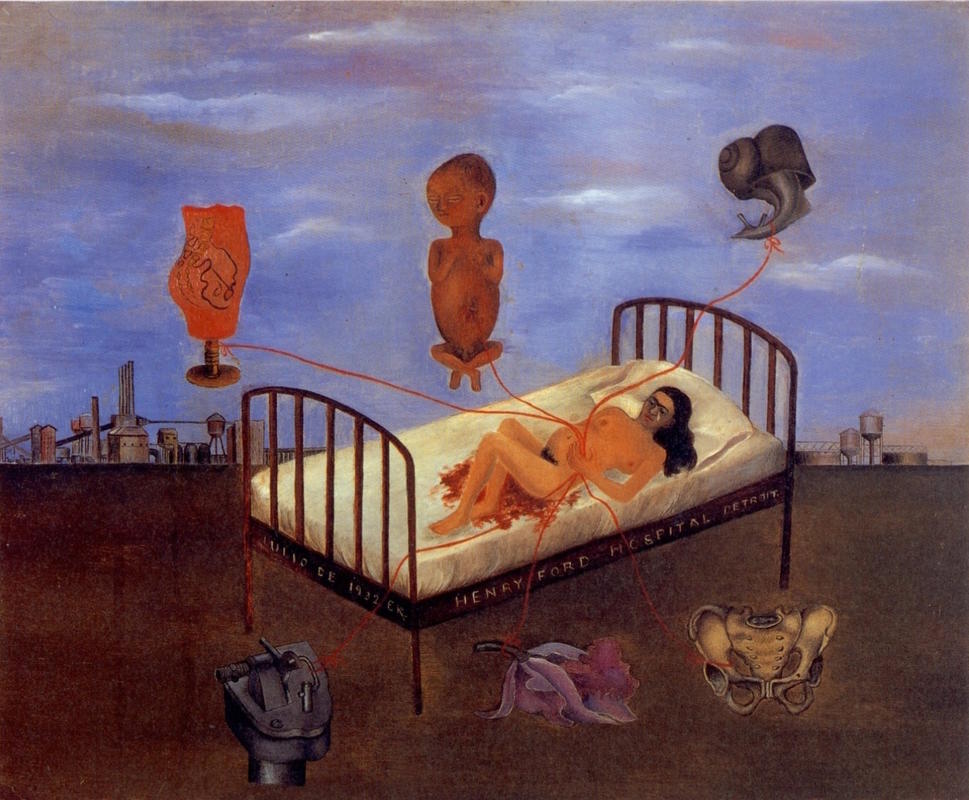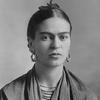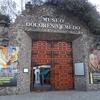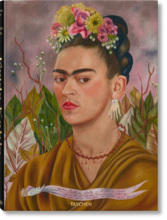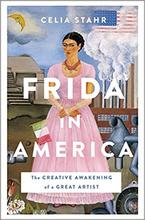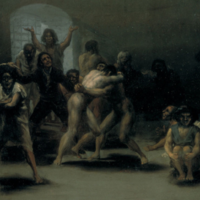More about Henry Ford Hospital
- All
- Info
- Shop

Contributor
Make sure to put on your glasses before you look at Frida Kahlo’s Henry Ford Hospital or you might say something highly inappropriate and offensive like “what fun party balloons you have Frida.”
Don’t be that guy. Because on a more serious note, this painting was done after Frida had a miscarriage, followed by an abortion to finish the miscarriage on July 4, 1932. She never did catch a break between the trolley accident injuries and Diego Rivera in general. A few days later, she requested to see the fetus but was refused and so her image of him in this painting is after sketches made by Diego. Can you possibly think of anything more depressing? I’ll wait.
Each of the symbols in this painting are representative of a part of the miscarriage. The fetus is obvious, but the rest are a little more mysterious. The snail, Kahlo wrote, is a symbol of how slowly the miscarriage happened. Her fractured pelvic bone shows the reason for her inability to carry a child to term. The purple orchid was a gift from Diego after the incident. Kahlo explains that, “When [she] painted it, [she] had the idea of a sexual thing mixed with the sentimental." The machine was put in "to explain the mechanical part of the whole business." And last, the pink cast of a woman’s body is a reminder of how women are explained how their bodies work by doctors. Frida lies in the middle of a pool of her own blood while her stomach is still protruding from the pregnancy and a single tear drips down her face. She couldn’t be more physically or mentally broken.
The couple stayed in Detroit until March of the next year despite Frida’s desire to go home. But while she was there, Frida started the journey to becoming more famous than her husband. Detroit Institute of the Arts curator, Mark Rosenthal explained, “Diego at the time said no woman had ever painted such a subject…I think it’s fascinating to think about that painting vís-a-vís the male gaze and all these paintings of women in beds. This was radical. It was the beginning.” And soon Diego would be referred to as Mr. Frida Kahlo.
Sources
- "Henry Ford Hospital". High.org. Web. 2 June 2017.
- Mallonee, Laura C. "Detroit Through The Eyes Of Diego Rivera And Frida Kahlo". Hyperallergic. N.p., 2015. Web. 2 June 2017.
- Cotter, Holland. "Frida Kahlo - Art - Review". Nytimes.com. N.p., 2008. Web. 2 June 2017.

